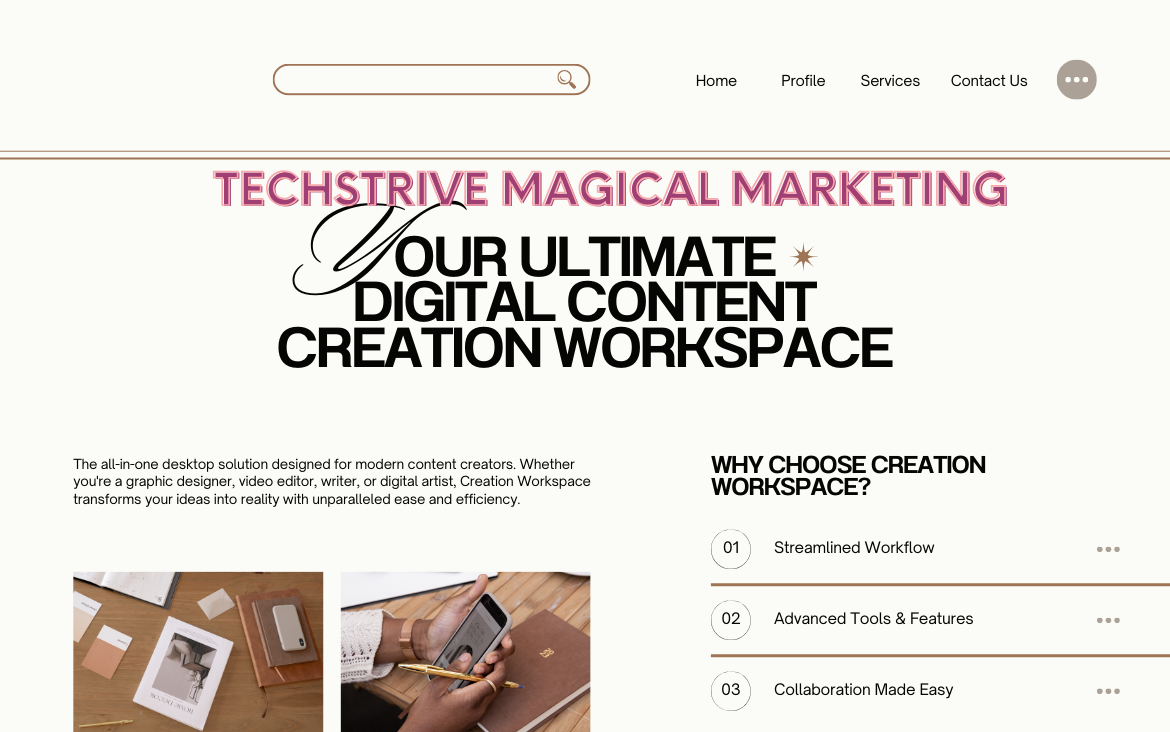Content Strategy

Content strategy is the process of planning, creating, distributing, and measuring content in all its online forms to achieve predefined marketing and business goals. With the help of a content strategy, companies can leverage content performance data to meet KPIs, and control and maximize their content marketing efforts. Content strategy may cover the short term, for example, a single, time-limited campaign. Or it can be a longer-term strategy, taking into account a wide range of content marketing activities over a quarter or a year.
Creating and promoting content is not cheap. In an industry where every marketing dollar must prove its ROI, marketers need to strategize their content marketing efforts to ensure it meets the pre-defined KPIs and supports the company’s business and financial goals.

How We Work
Whether you want to generate leads, increase your sales, or raise brand awareness, a well-defined content strategy will close the gap between your marketing KPIs and your actual results. It will help you get the most from your content.
A good content strategy considers a KPI, and then works towards reaching it. It is a roadmap that plans out the exact steps that need to be taken to reach that goal.
Optimization Statistics
But of course, even with all the best planning and execution, sometimes, content campaigns don’t meet their KPIs. That’s ok, because a good content strategy also includes processes of measurement and analysis, so the content can be optimized for better performance in the future.
The first step to building a content strategy is defining your business: Who are we? What do we do? Why do we do it? What customer pains are we trying to solve? How do we solve it better or differently? What are our short- and long-term goals? How will content marketing help us?
Your content strategy will only ever be as solid as your answers to these kinds of questions. So, create a list and start brainstorming.
The trick is working out which channels are most popular among the target audience. For example, a B2B content strategy will definitely include LinkedIn as a key channel, while a B2C strategy would be more focused on Instagram or TikTok for younger audiences. Also, a company that does not get high traffic to its blog might want to consider pitching guest posts on popular blogs in the niche, with backlinks to their own site, in order to boost site visits. There are lots of channels and lots of opportunities, so make sure to identify the best ones.
We Will Be Useful to You
First, you’ll need to define your KPIs, so you’ll have a clear map of your content goals. Then, via a range of analytics tools and software, you can track the success of your content and get a deeper understanding of how it’s performing for you. Finally, you can use these metrics to modify your strategy and reach your goals.
One of the most common ways to test digital campaigns is A/B testing, also known as split testing. A/B tests are conducted by running two versions of an ad or content concurrently, with only one element different in each, such as headline, image, color of CTA button, CTA copy, and others. The performance of each version is tracked and analyzed to see which performs better.
There’s much more to a content strategy than uploading content and clicking “Publish”. So many variables affect content performance, the only way to know what’s working and what’s not is by testing.
There’s a whole lot more to content marketing than just writing a terrific blog or creating a cool video.
It requires a complete strategy, covering production of the content itself, how and where it will be promoted, and what results it is designed to achieve. It demands methodical planning, precise execution, and incredible attention to detail, involving many stakeholders in the organization. A good content strategy can’t happen overnight; but the sooner you start, the sooner you’ll have an effective content strategy up and running and meeting those KPIs.



